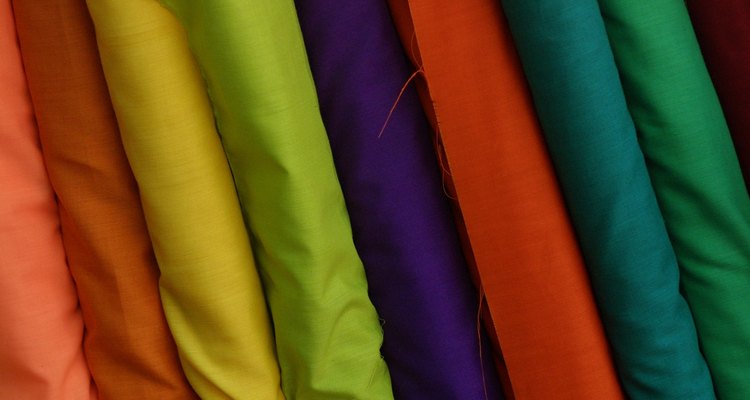
Rayon is a fabric that was first developed in France in 1884 to offer a cheaper alternative to silk textiles, explains Textile Fabric Consultants, Inc. This initial product needed improvements, and it wasn’t until 1924 that it was officially named “rayon.” Rayon is made by processing cellulose from wood pulp or plant materials. Rayon's natural origin gives it some similarities to other fabrics made from plants, such as cotton and linen.
Permeable
Because rayon fibers are readily absorbent, any colored dyes added to the fabric easily set in and are displayed upon the fabric as very vibrant. Rayon is a very soft material, which is why it is a preferred fabric choice by those who seek comfortable clothing. The material absorbs moisture even more efficiently than cotton, according to Swicofil. This enables a person’s sweat to be absorbed into the rayon on a hot summer’s day and evaporated away, making the wearer feel cooler than if wearing other types of clothing material.
Breathable
Rayon’s thin fibers have the ability to allow clothing to breathe more than other fabrics, which makes it a good choice for the design of sports wear and sundresses that are expected to provide coolness and comfort. It is a light fabric that does not cling to the body, but instead allows a comforting space that lets cool air in.
Flowing
Rayon is used for dress shirts, lingerie, and even bed sheets and curtains because it has the quality to drape flowingly and elegantly over a person’s body or from a curtain rod. Women love wearing rayon dresses and skirts because the fabric does not create annoying instances of static cling.
Versatile
A piece of clothing is not always made of 100 percent rayon. The fibers are often combined with other types of fibers to make what the industry refers to as “blends.” Materials typically blended with rayon include cotton, wool, silk, polyester and acrylic. When combined, the end product takes on some characteristics of both fibers.
Flammable
After instances of rayon clothing readily catching on fire in the 1950s, the U.S. Department of Commerce reacted by creating the Flammable Fabrics Act, explains Swicofil. This prompted changes in the textile industry. Today most rayon is much safer to use, since additional chemicals can be added to make it flame-resistant.
Delicate
Users must avoid abrasions with rayon, and check each clothing tag for cleaning instructions, as it is very delicate. The tags typically say to dry clean only, hand wash or machine wash in cold water on delicate cycle, and line or flat dry. Because rayon is breathable, it can dry moderately quickly on its own. The fabric does wrinkle, but can be ironed. Rayon should not be placed in a dryer. It loses its strength after being washed and can stretch or shrink after being pulled and tumbled around. If bleach is used when cleaning rayon, it should be non-chlorine, since some finishes can be affected by regular bleach and result in a slight change of color.
Related Articles

What Is Cotton Plisse?

Description and Characteristics of ...

Microfiber vs. Cotton Clothes

How Much of the World's Clothing Is ...
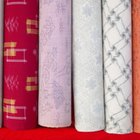
The Advantages & Disadvantages of Woven ...

How to Preserve Moleskin
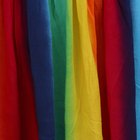
Can You Iron Acetate Fabric?

Polyester Vs. Silk Dresses

Care of Mohair Fabric

Different Kinds of Chiffon Fabric

What Are the Advantages & Disadvantages ...

Which Fabrics Are Most Fire Resistant?
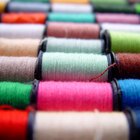
The Disadvantages of Polyester Cotton

Types of Linen Fabric
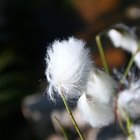
Define Cotton Silk Fabric

The Care of Plisse Fabric

How to Care for Rayon and Spandex ...

The Advantages of Polyester Cotton

How to Get Stains Off of Acetate

What Is Polyester Crepe Fabric?
References
Writer Bio
Leonor Crossley has been a graphic designer and writer since 1995, with entertainment and other articles written for "Max Magazine" in Jacksonville, NC, and various websites. She has a Bachelor of Fine Arts, cum laude, from Kutztown University in Pennsylvania.
Photo Credits
Photos.com/Photos.com/Getty Images